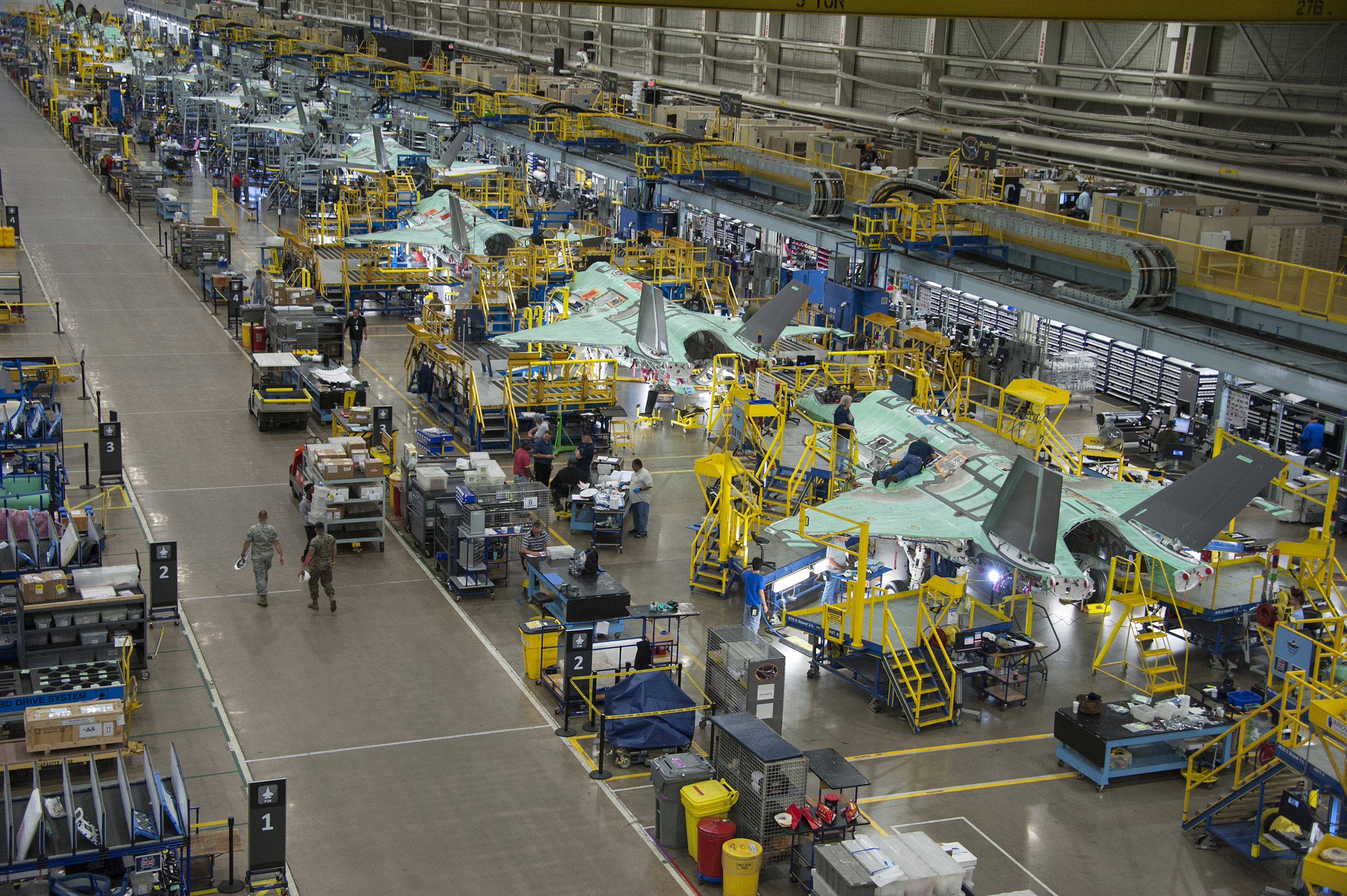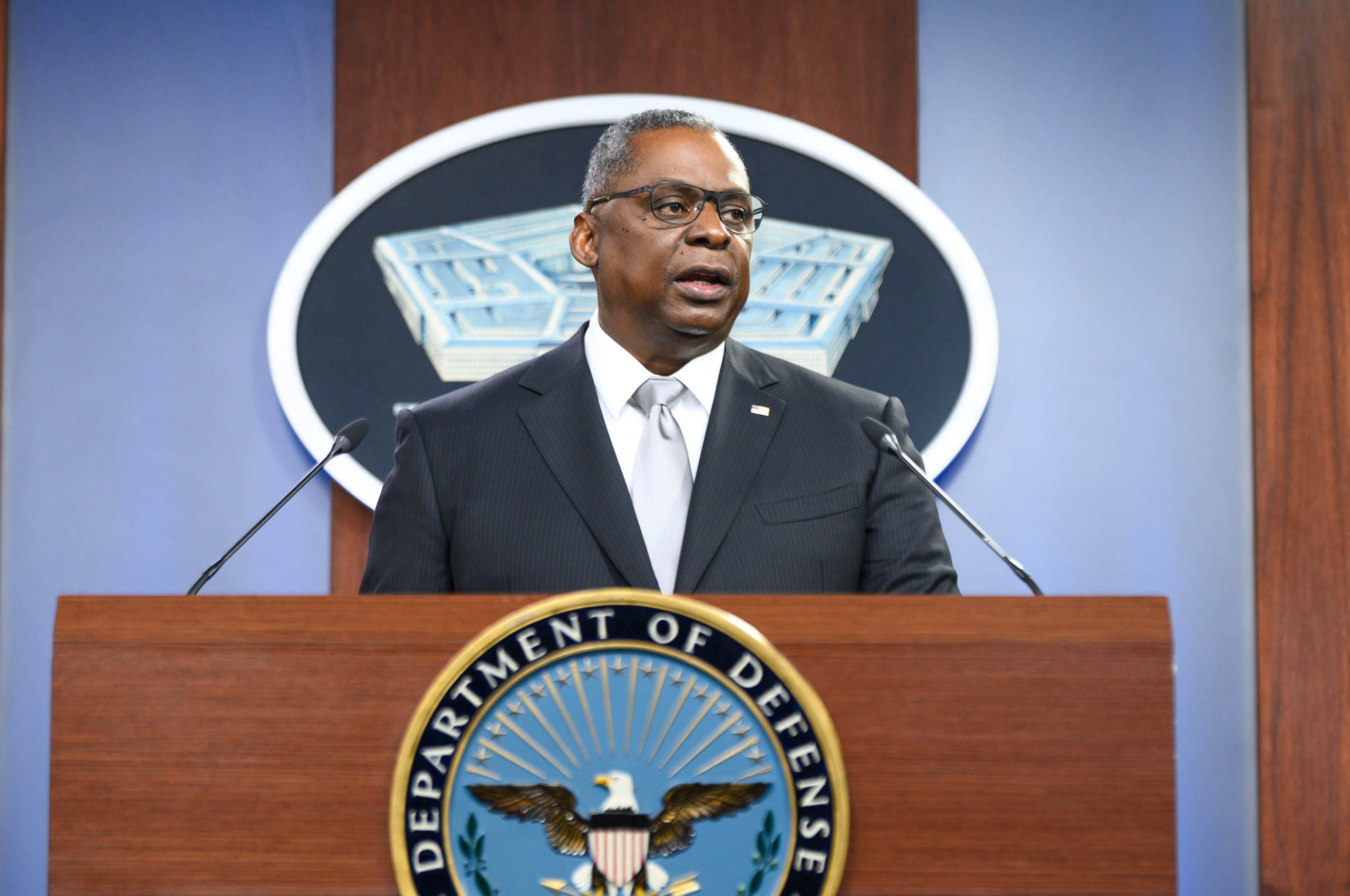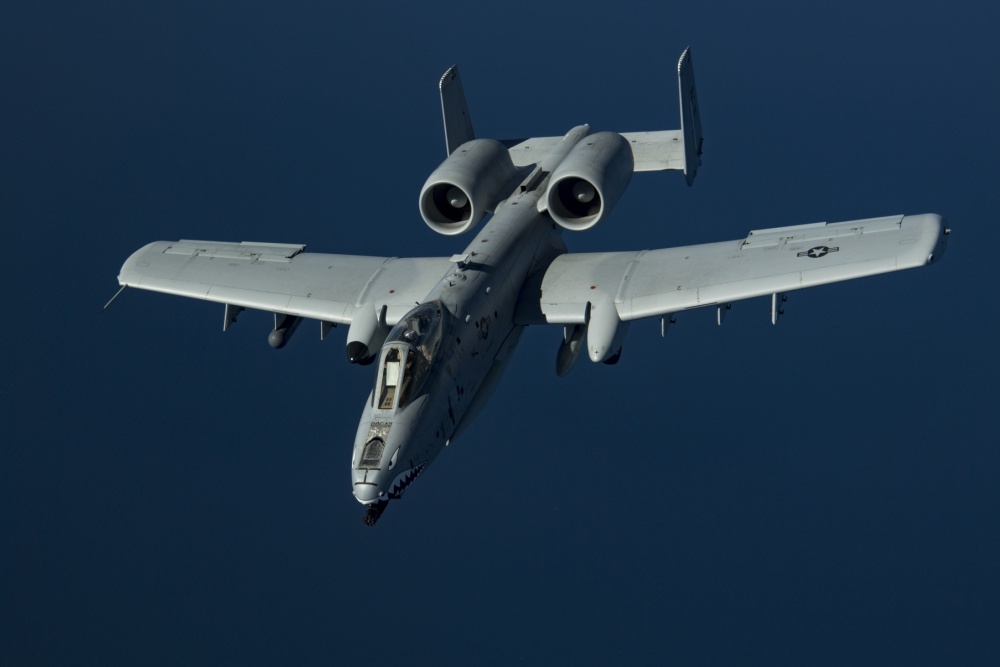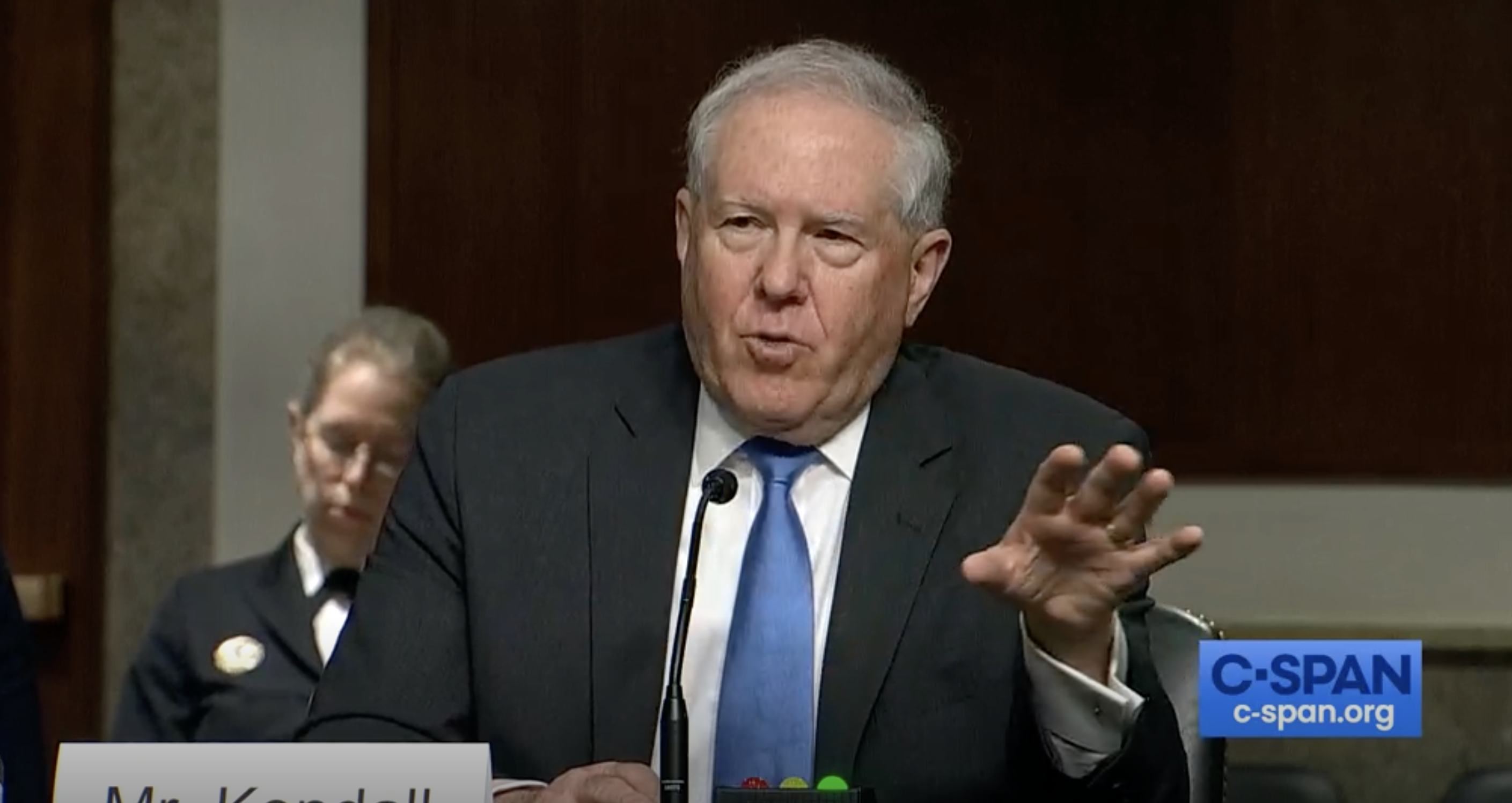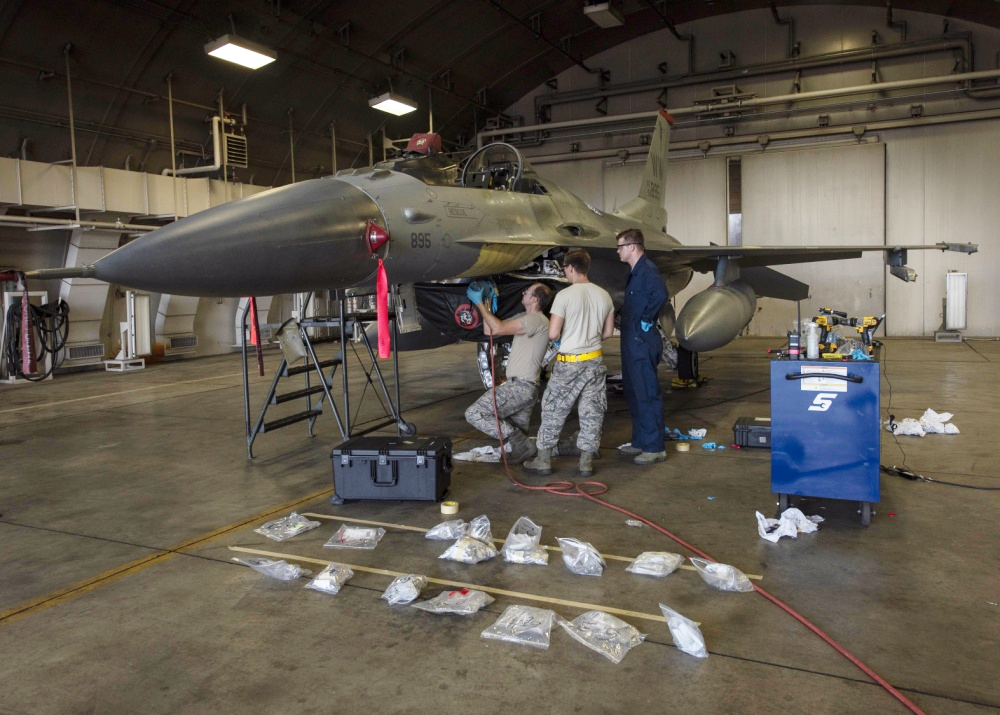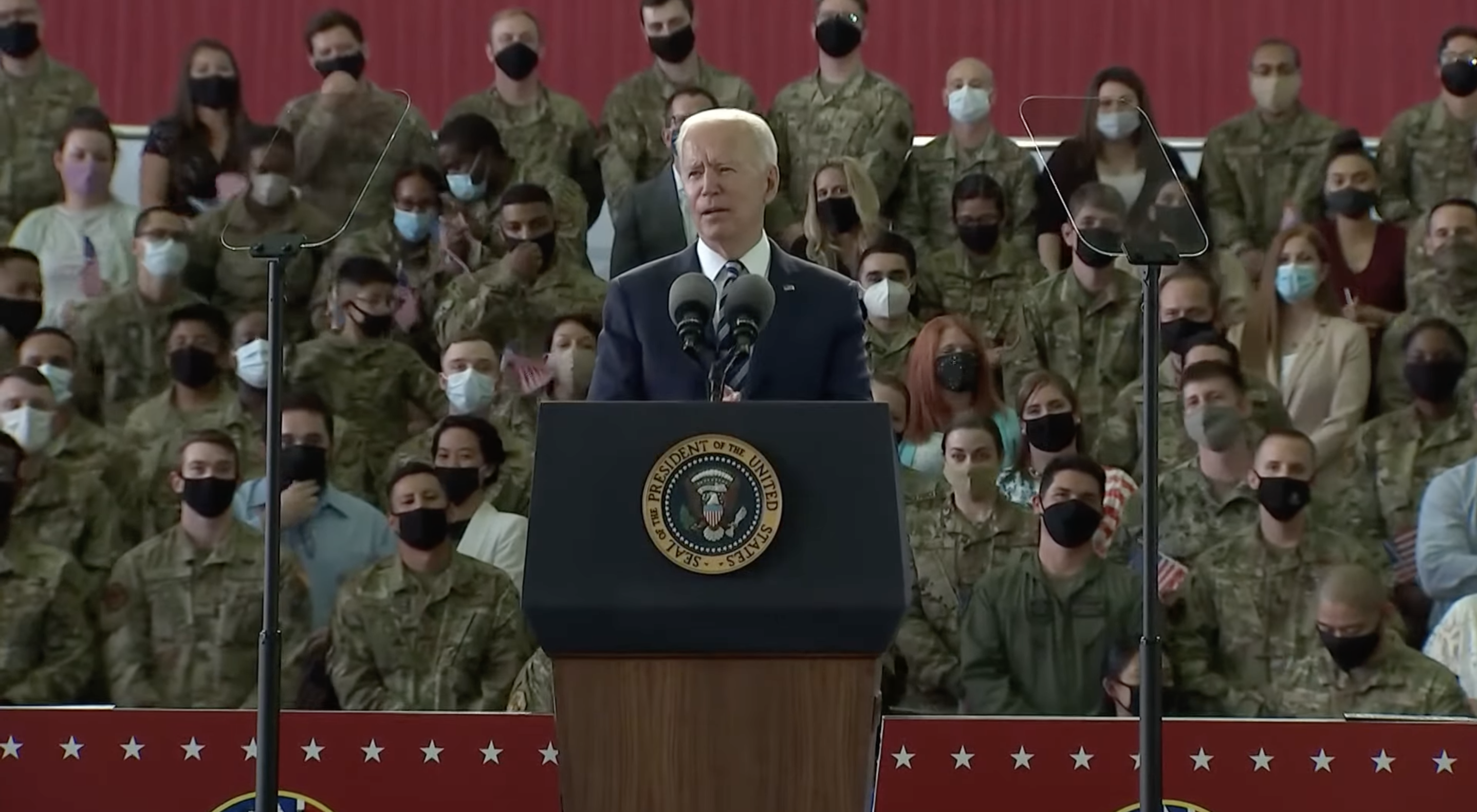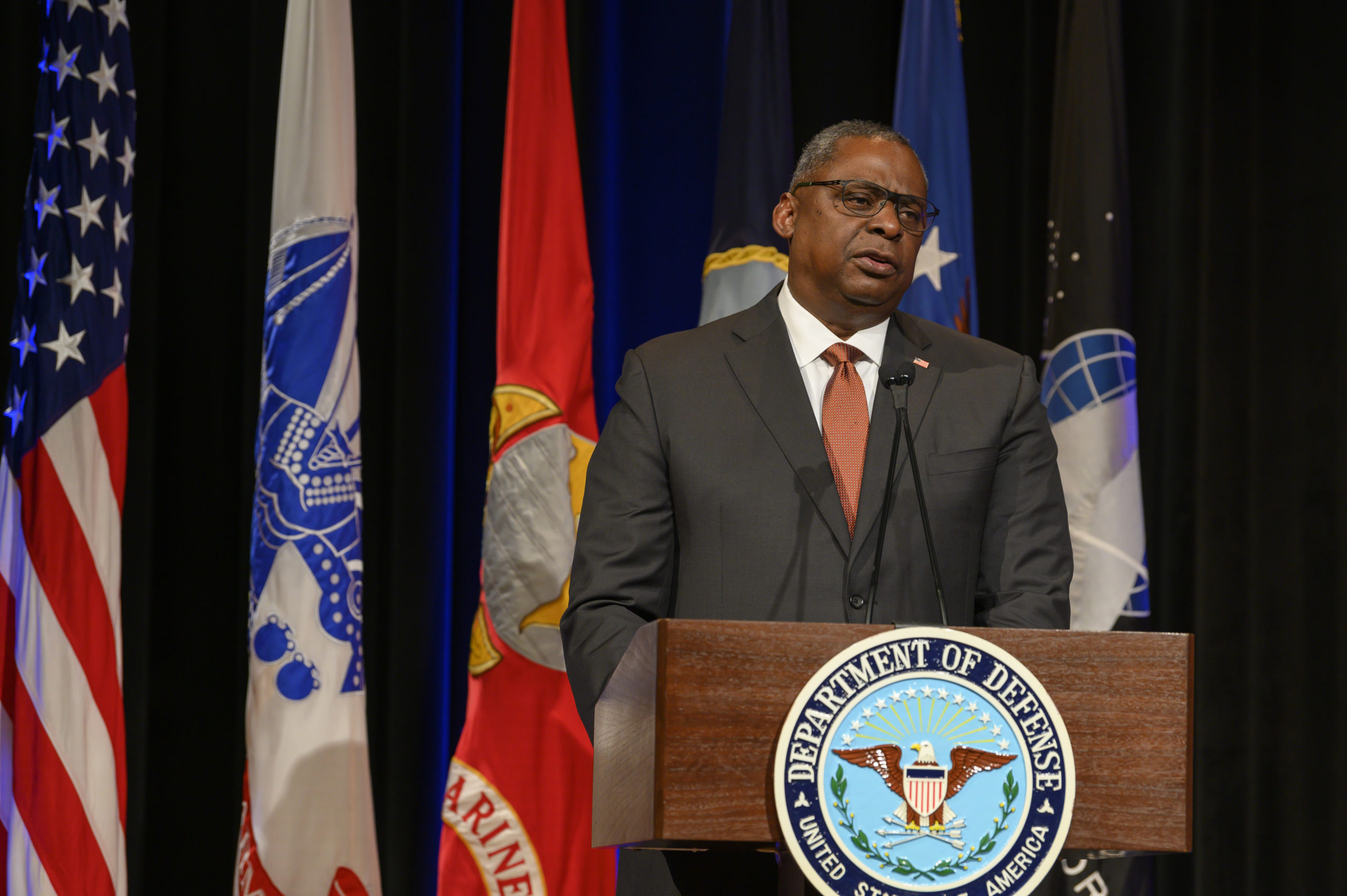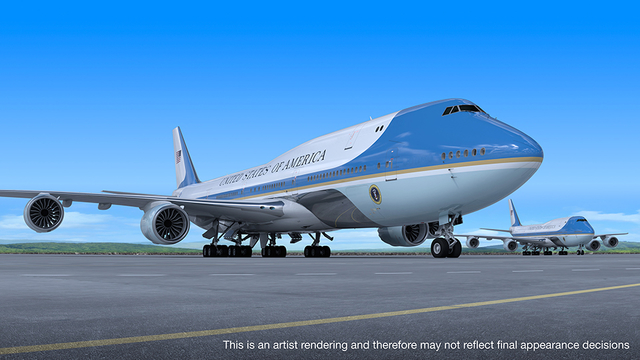Continuing delays from COVID-19 disruptions mean it will take longer than expected to make up the backlog of F-35 jets stemming from the pandemic, said Bridget Lauderdale, Lockheed Martin’s vice president and general manager for the fighter.
Lauderdale told reporters visiting the company’s Fort Worth, Texas, F-35 production line June 10 that while “you may have heard” that it will take “a couple of years” to get back on pre-COVID delivery schedules, the actual recovery timeline is not decided and is still being discussed with the Joint Program Office and international F-35 partners.
She said 120 F-35s were delivered in 2020—21 shy of the planned number—and the company expects it will deliver “between 133 and 139” of the fighters in 2021. Lockheed Chief Financial Officer Kenneth R. Possenriede told a brokerage conference June 4 that Lockheed is ramping up to deliver 169 F-35s in fiscal 2022, but Lauderdale said that number was based on an out-of-date evaluation of COVID impacts.
“The number he used this week was based on a recovery assessment made last summer,” Lauderdale said. “As we were entering the first handful of months of COVID, there was a deliver recovery assessment made, … but certainly it did not anticipate we would be continuing in the pandemic and continue to be disrupted into 2021.” Pre-pandemic plans called for 155 F-35s to be produced in 2021, according to a Defense Department official familiar with the program.
Lockheed and the “customer community” are “looking at … what is the optimal rate, from an efficiency and cost perspective, ensuring absolutely the quality in … every delivery,” Lauderdale said. There are “choices to be made there,” she added, and promised to share the number once an agreement is reached.
The late Michele A. Evans, who was executive vice president of aeronautics, told Air Force Magazine last September that “it’s actually going to take us a couple of years” to recover the jets not produced on time. The company and its customers decided that it would be more efficient to “stick” at a sustainable rate of 11 aircraft a month rather than introduce a temporary surge followed by a lull.
Lauderdale said it took a “tremendous partnership” between government and suppliers to get 120 jets out the door during 2020, because “many of our suppliers are small businesses. We were very focused during the pandemic on ensuring we were flowing resources [and] money from the U.S. government, to ensure that our small businesses could continue to operate and deliver supply” to the production line.
“The great news, the line is stabilizing, and the supply base is stabilizing, and we expect to be able to ramp back up a cost-effective and high quality product as we go forward,” Lauderdale said.
She also reported that Lockheed has found new suppliers for all the F-35 parts previously made in Turkey, but some components will still come from Turkey through March of 2022, because those contracts were already in force when the F-35 partners expelled Ankara from the program over its purchase of Russian air defense gear.
The F-35 has been at the edge of being declared ready for full-rate production for nearly two years, but that has been delayed by issues getting the jet integrated with the Pentagon’s Joint Simulation Environment, a wargaming system that helps planners figure out how many platforms of various kinds comprise the optimum force mix.
Lauderdale said Lockheed has “completed the activities to support a Milestone C [full-rate] decision. We continue to support the U.S. government in their open actions to close on a Milestone C decision … The production line is ready to be declared ‘at rate’ and so we’re very excited about that closure coming.”
Lockheed has shared all its data on F-35 sustainment costs with the Pentagon, Lauderdale said, as the Air Force conducts its tactical aviation study in concert with the Pentagon’s Cost Assessment and Program Evaluation shop. Air Force Chief of Staff Gen. Charles Q. Brown Jr. said last month that he expects the study to “inform” the future years defense program that will accompany the fiscal 2023 defense budget, which will be built in the next few months. The TacAir study is known to be looking at different force mixes that might include fewer F-35s than the 1,763 planned for the Air Force at the program’s inception in 2001. The Air Force planned for lower F-35 sustainment costs than it’s getting and has said it will consider a smaller fleet to live within its means.
Congress has added 12 F-35s to USAF’s request for 48 of the fighters in each of the last few years, but the service did not include the fighter on its “unfunded priorities list” this year. Internal documents obtained by Air Force Magazine indicate the service wants to throttle back its F-35 purchases from fiscal 2023 to 2026 by 10 percent, preferring to wait until the Block 4 version is coming off the production line and for lower sustainment costs to be demonstrated.
Lauderdale would not comment on the impact of reductions on the unit cost of the jets, saying only that given Lockheed Martin’s F-16, F-22, F-35, and “work on … future generations” of combat aircraft, “we have been listening closely to their requirements and feel confident that across our entire fleet, we have the solutions that support their entire needs.”
Lockheed Martin and the Joint Program Office are in the midst of negotiations for the next three lots of F-35s, with an agreement expected to be reached by the end of September. Program Executive Officer Air Force Lt. Gen. Eric T. Fick said last month he expected a “handshake agreement” by now, but the deal has been elusive. Lauderdale’s immediate predecessor, and now Lockheed Martin’s overall aeronautics executive VP, Gregory M. Ulmer said in February that the next three lots will likely include 100 fewer jets, and, combined with new capabilities stemming from Block 4, will make it a challenge to keep the unit cost down.
Lauderdale did not address whether Lockheed Martin will be able to keep the per-jet average unit cost at just under $80 million, or even go as low as $75 million, saying the company will simply “get it as low as we can take it.”
There’s been no “diminishing” of foreign interest in the F-35, Lauderdale said, noting that the fighter is well positioned in three competitions “this year … in Finland, Switzerland, and Canada.” The F-35 is “doing its job and selling itself” through the satisfaction of air forces operating the jet. She said the jet’s operators report being happy with its performance and especially its interoperability.
NATO Supreme Allied Commander Air Force Gen. Tod D. Wolters, speaking at an event sponsored by the Atlantic Council on June 9, said he’s “very excited” to have 450 F-35s in Europe belonging to the U.S. and its allies by 2030. European countries also are developing sixth-generation aircraft, with France, Germany, and Spain partnering on the Future Combat Air System, and Britain’s Tempest program, he noted.
Editor’s Note: This story was updated at 11:11 a.m. on June 11 to include the correct title for Michele A. Evans. She was executive vice president of aeronautics. It was updated again at 5:42 p.m. to correct the number of aircraft not delivered as planned in 2020.
